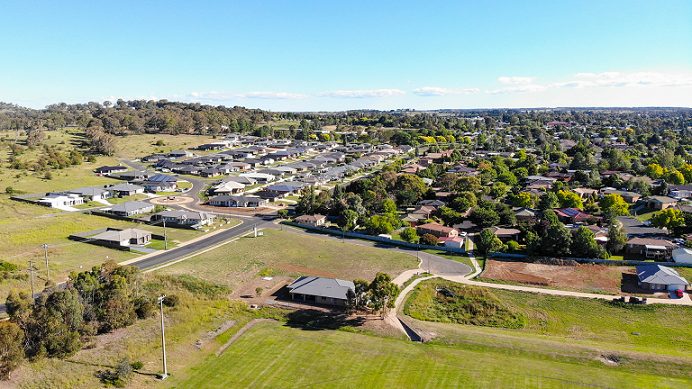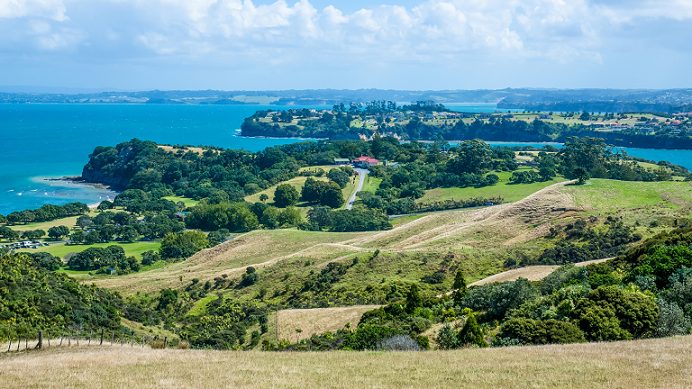
The release of Infrastructure Australia’s latest report into the strengths and infrastructure gaps in Australia’s regional areas has been welcomed by industry advocates.
The first report of its kind, the expansive study examined the opportunities and challenges facing the regions as more and more home buyers and renters look for life outside urban areas.
Property Council of Australia Chief Executive Ken Morrison says the report found the top challenge for the regions is the provision of diverse and affordable housing.
“This report is a critical piece of work that has the potential to guide governments, businesses and communities as they look to support good growth in the regions,” Mr Morrison says.
“We know housing is not only a huge contributor to economic growth, but the provision of diverse housing options also helps to ensure the workers, teachers, doctors and other service providers can live in these regional towns and contribute to thriving communities.”
Main objectives
The Regional Strengths and Infrastructure Gaps report provides government, industry, businesses and the community with a guide to support record migration and further growth, off the back of the 200 per cent increase in growth in Australia’s regional areas in 2019/2020.
This regionalisation trend has continued with the first quarter of 2021 being the largest internal migration on record.
In developing the report, Infrastructure Australia collaborated with 48 Regional Development Australia committees to conduct extensive consultation on community views.
Key themes
Overall, the report aims to help realise a regional renaissance. This includes the expansion of population, which brings a need to develop new service models and deliver expected infrastructure to continue growth.
It also seeks shared perspectives in changing regions, including identification of common themes: unique impacts from the COVID-19 pandemic; a greater need for proactive planning; major projects to be community-led; a changing social landscape; and First Nations communities’ culture and connection to country.
Capitalising on regional strengths and prioritising infrastructure gaps is paramount. This includes availability, diversity and affordability of housing; water security; mobile and broadband connectivity; access to further education and skills training; and connectivity through public transport networks.
In a nutshell, the report shines a spotlight on each region – recognition of each area’s diversity, opportunities and priorities by the 48 separate regions for further planning and to identify reform and investment options.

Latest regional infrastructure report in New Zealand
A report on infrastructure priorities for the 2020-2023 Government, conducted by Infrastructure New Zealand, also seeks to realise a uniform national vision.
Incorporating an infrastructure strategy into the revised planning system is one way to achieve this aim.
The strategy seeks to develop the skills and human capital to deliver and finance these plans. Reforming governance towards implementation depends on community involvement in perpetuating the growth and vibrancy of regional economies.
How regions can get involved
The Australian report is a starting point for discussion between all parties to inform further planning, policy and investment solutions. Further consultation is being encouraged with submissions open until April 29, 2022.
All stakeholders are encouraged to provide feedback and additional information to support this work program via the feedback form at infrastructureaustralia.gov.au.
In New Zealand, visit infrastructure.org.nz for further information.
